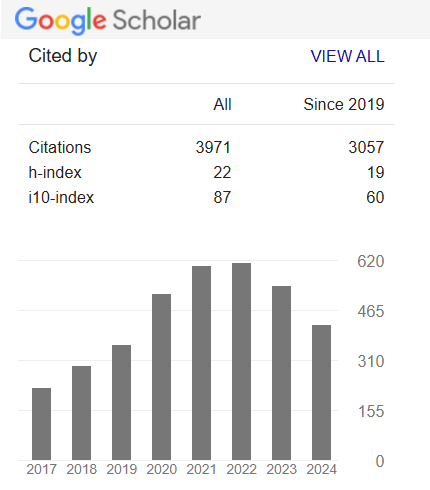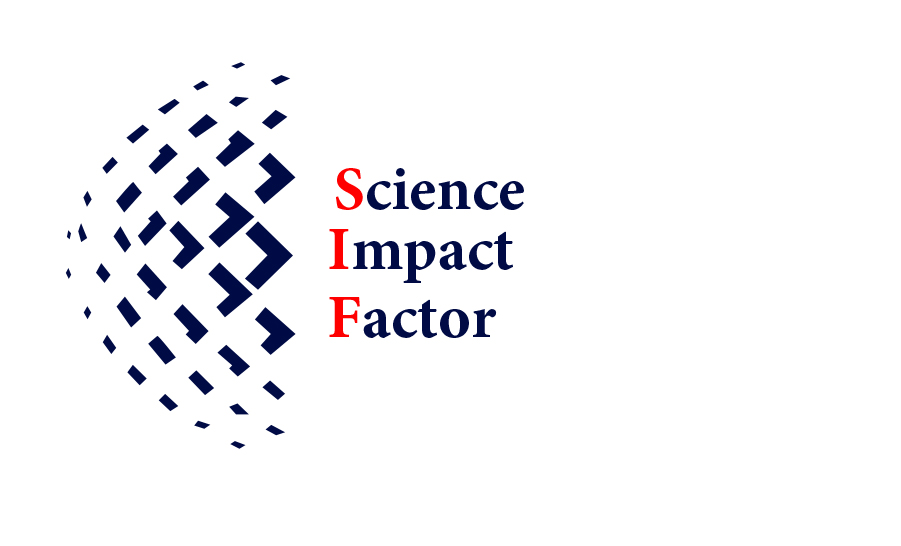Comparative Pollen Morphological Studies of Forest Plant Species of Leguminosae
Keywords:
Pollen morphology, Fabaceae, Caesalpiniaceae, Mimosaceae, LeguminosaeAbstract
Pollen morphological studies of different forest plant species representing three families Fabaceae, Caesalpiniaceae and Mimosaceae of Leguminosae were undertaken. Morphological characters were studied using microscopic study and the pollen key based upon differentiating characters was prepared. The diversified characters of the sporomorphs provide an important basis for generic and specific delimitations. Among the various categories of pollen morphological characters, the aperture is considered as primary and most conservative, exine ornamentation as secondary and other characters as tertiary in order of their importance. The four plant species belonging to Fabaceae i.e. Butea monosperma, Dalbergia sisoo, Gliricidia maculata and Pongamia pinnata showed similarities in aperture pattern but variations in shapes and sizes. The five plant species Bauhinia variegata, Cassia siamea, Delonix regia, Peltophorum pterocarpum and Tamarindus indica belonging to family Caesalpiniaceae showed the variations in exine pattern. The pollen types belonging to Mimosaceae i.e. Acacia arabica, Acacia nilotica, Albizzia lebbeck and Pithecellobium dulce are polyado-polyad excluding Prosopis juliflora i.e. monad. An attempt has been made to see how far palynology helps in taxonomy and throws light on the evolutionary trends. Pollen morphology is widely used in taxonomic treatments particularly with differences in exine structure and aperture forms. These investigations revealed that the palyno-taxanomic characters help to arrange the pollen genera and families bio-systematically. The data generated through the work will be helpful to taxonomist and modern palynologist to predict the relation between these three families of Leguminosae.
Downloads
References
Arora A. and Modi A. 2008. An acetolysis technique for pollen slide preparation. Indian J. Aerobiol. 21 (2): 90-91.
Athavale P.S. 2014. LM and SEM Studies on the pollen morphology of family Anacardiaceae from Chandrapur and Gadchiroli districts of Maharashtra State. Int. J. of Life Sciences Special Issue A2: National Conference on Biodiversity Conservation & Role of Microbes in Sustainable Environment Management. Page No. 11-12.
Balan, A.P., Udayan, P.S. and. Predeep, S.V. 2016. Pollen morphological studies of 10 endemic legumes from India. International Journal of Advanced Research 4(6): 597-605.
Bentham G. and Hooker J.D. 1962. Genera Plantarum. 1. Oxford, London.
Dematteis M. and Pire S.M. 2008. Pollen morphology of some species of Vernonia s.l. (Vernonieae, Asteraceae) from Argentina and Paraguay. Grana 47: 117 -129.
Devarkar, V.D. 2011. Baseline inventory for Angiospermic pollen diversity in Osmanabad District (MS), India. Bioscience Discovery 2 (3):288-293.
El-Husseini N. 2006. Pollen morphology of Tiliaceae Juss. and Sterculiaceae Vent. and their relations to Malvaceae Juss. in Egypt. Int. J. of Agric. and Bio. 8: 844 -847.
Erdtman G. 1960 The Acetolysis method: A revised description. Svensk Bot Tidskr 54: 561-564.
Ganga Kailas J., Ramakrishna H. and Prabhakar R. 2014. Palynodiversity of Arborescent Plants of Caesalpiniaceae Family of Karimnagar District, Telangana State, India. Research Journal of Pharmaceutical, Biological and Chemical Sciences 5(6): 349-353.
Hutchinson J. 1959. The Families of Flowering Plants. I and II (Second eds.). Oxford, London.
Jumah A. 1991-96. Studies on the morphology of pollen grains of the Leguminosae - the Mimosoideae. Ghana Journal of Science 31-36: 29-35.
Luz C.F., Maki E.S., Horák-Terra I., Vidal-Torrado P., Mendonça Filho C.V. 2013 Pollen grain morphology of Fabaceae in the Special Protection Area (SPA) Pau-de-Fruta, Diamantina, Minas Gerais, Brazil. An Acad Bras Cienc. 85(4):1329-1344.
Nair P.K.K. 1960. A modification in the method of pollen preparation. Journal of Scientific and Industrial Research. C. Biological Sciences 19: 253-260.
Nasare, P.N. 2022. Study on Pollen Morphology of some Dicotyledonous families of Nagpur, Maharashtra, India. International Journal of Science Technology and Management 11(8): 64-73.
Nayar T.S. 1990. Pollen Flora of Maharashtra State, India. Today and Tomorrow’s Print. and Pub., New Delhi. Pp. 59-64.
Panicker K.T.C. and Sreedevi P. 2004. Studies in the Pollen morphology of Mimosaceae Monad, tetrad and Octad taxa. Journal of Palynology 40: 9-21.
Pentti Sorsa 1969. Pollen morphological studies on the Mimosaceae. Ann. Bot. Fenn. 6:1 - 34.
Perveen A. 1999. Contributions to the pollen morphology of the family Compositae. Tr. J. of Biology 23: 523-535.
Perveen A. and Qaiser M. 2009. Pollen flora of Pakistan - LXIII. Moringaceae. Pak. J. Bot. 41: 987-989.
Rajurkar A.V. and Tidke J.A. 2017. Pollen morphodiversity in some genera of family solanaceae. Int. J. Appl. Res. 3(3S):113-115.
Rajurkar A.V., Tidke J.A and Patil, G.V. 2011. Studies on pollen morphology of Ipomoea species (Convolvulaceae). Research in Plant Biology 1(5): 41-47.
Rajurkar, A.V., Tidke, J.A. and Jadhav, S.S. 2013. Palynomorphological studies on family Mimosaceae. International Journal of Pharma and Bio Sciences 4(3):B273-B279.
Sharma B.D. 1970. Contribution to the pollen morphology and plant taxonomy of the family Bombacaceae. Proc. Ind. Natn. Sci. Acad. 36B: 175-91.
Sudhakar S. and Rao R.S. 1987. Biosystematic studies in the genus Grewia Linn. I – Palynology. J. Econ. Tax. Bot. 10 (2): 437-441.
Thangaraja A. and Ganesan V. 2008 Studies on the pollen biology of Terminalia paniculata Roth. (Combretaceae). African J. of Plant Science 2: 140-46.
Zuraw B. 2007. Biological value and morphological traits of pollen of selected Garlic species Allium L. Acta Agrobotanica 60: 67-71.
Downloads
Published
How to Cite
Issue
Section
License
Copyright (c) 2025 Author

This work is licensed under a Creative Commons Attribution-NonCommercial-NoDerivatives 4.0 International License.
Open Access This article is licensed under a Creative Commons Attribution 4.0 International License, which permits use, sharing, adaptation, distribution and reproduction in any medium or format, as long as you give appropriate credit to the original author(s) and the source, provide a link to the Creative Commons license, and indicate if changes were made. The images or other third party material in this article are included in the article’s Creative Commons license unless indicated otherwise in a credit line to the material. If the material is not included in the article’s Creative Commons license and your intended use is not permitted by statutory regulation or exceeds the permitted use, you will need to obtain permission directly from the copyright holder. To view a copy of this license, visit http://creativecommons.org/ licenses/by/4.0/










